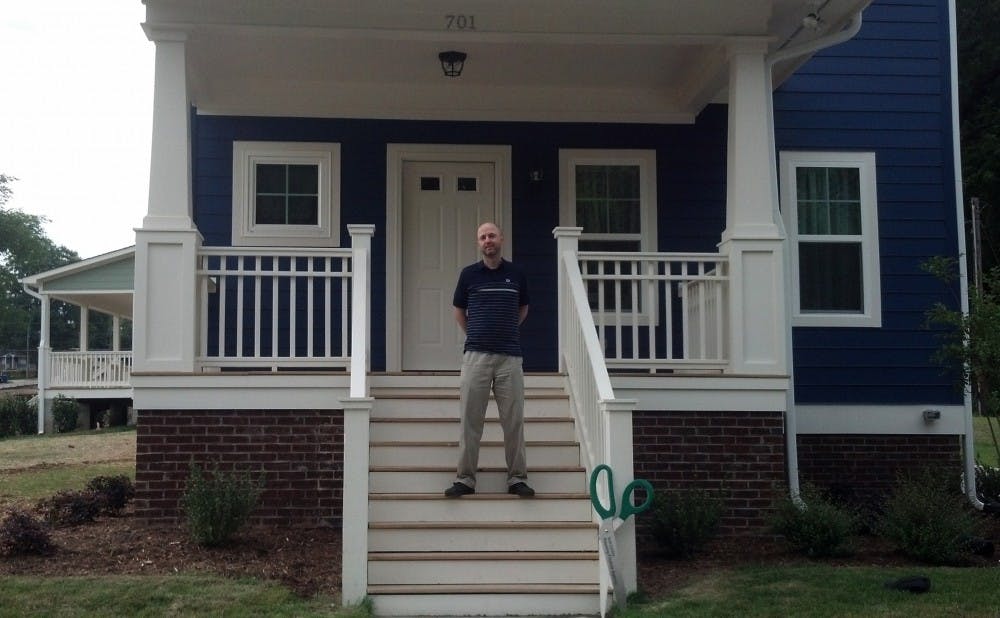The University has struggled to find success with a housing incentive program that encourages employees to buy houses in Durham's Southside neighborhood.
The program was announced a little more than two years ago, designed to benefit both employees by giving them forgivable loans and the neighborhood by helping revitalization efforts. Southside—which occupies approximately 100 acres between downtown and North Carolina Central University—has long struggled with low rates of home ownership and high concentrations of vacant properties. But revival efforts spurred by the City of Durham in recent years, totaling tens of millions of dollars, hope to change that. Duke introduced the housing incentive program alongside this work.
But in the two years since the program was announced, just two employees have purchased subsidized Southside homes.
The University originally planned to build 46 homes—eligible for various state and federal subsidies—that would constitute an affinity neighborhood for Duke employees, said Phail Wynn, vice president of Durham and regional affairs. Logistical issues complicated the process, however.
Wynn said that generating interest among employees—who must be found credit-worthy by SunTrust Bank—has not been the main problem, instead citing barriers in the credit approval process.
“We did have a lot of interest, but a lot of employees that did apply for the affordable loans had some deficiencies in either their credit readiness or liquid assets,” Wynn said.
For the employees who do not qualify, the University created the Duke Homebuyers Club to help them prepare to purchase a home with savings help and credit repair.
In March 2013, when the housing incentive was announced, 18 employees expressed interest and met the qualifications. At the time, Duke estimated that the city and developers would be ready to sign contracts for the homes late in the summer of that year, but more challenges emerged.
“We had a long delay," Wynn said. "By the time the city was ready and they really started marketing the homes, the first mortgage rate that we had locked in, which was 3.25 percent, had gone to 4.5 percent."
Eligible employees decided to buy homes elsewhere, in areas that were more affordable and had an earlier move-in date, Wynn said.
The delay resulted from factors including the difficulty in lining up incentives and laying the pads to build the homes on, Wynn noted. The utility work also took longer than the city anticipated.
Because the project is publicly funded, rather than by private developers, it takes longer to move through each stage, he said.
The program is designed to give $10,000 in forgivable loans to low- to mid-income employees—those who receive an annual income of $40,000 or less from Duke and have been employed by the University for at least five continuous years.
Though the project has not met its original goals, Duke's role in the city economy should not be underestimated said City Council member Steve Schewel, a visiting assistant professor of the practice in the Sanford School of Public Policy.
“Duke is a huge driver in anything economically in Durham," Schewel said. "It's by far the largest single economic driver that we have, nothing is remotely close.”
For the two employees who have participated, however, the impact has been significant. David Steinbrenner, the international program coordinator for the Kenan Institute of Ethics, moved into his Southside home in June 2014—a few years after he moved to Durham as a graduate student, not thinking that home ownership would be possible in his near future.
“The amount that I was able to get through Duke did help me with my closing costs," Steinbrenner said. "Otherwise, I’m really not sure how I would’ve figured that out."
Get The Chronicle straight to your inbox
Signup for our weekly newsletter. Cancel at any time.

